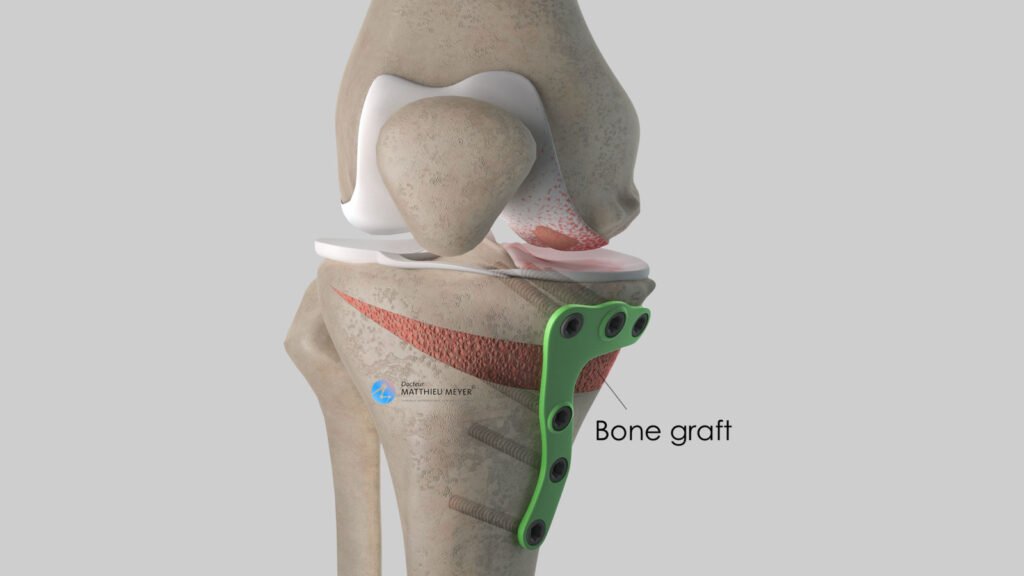High tibial osteotomy surgery


All Services
- Knee replacement surgery
- Partial knee replacement
- Hip replacement
- shoulder replacement
- Joint replacement
- ACL surgery
- PCL surgery
- Ligament surgery
- Meniscus repair surgery
- Key hole surgery
- Arthroscopy surgery
- Joint preservation surgery
- High tibial osteotomy surgery
- Fracture surgery
- Trauma
- Shoulder arthroscopy
- Shoulder dislocation surgery
- Rotator cuff repair surgery
- Spine surgery
- Knee pain
- shoulder pain
- Back pain
- Nonunion surgery
- Bone and Joint
- Joint pain
- Sport injury
Contact Us

What is High Tibial Surgery?
Who Needs High Tibial Osteotomy?
HTO surgery may be recommended if:
👉 You have early-stage osteoarthritis affecting one side of your knee (usually the inner side)
👉 You are active and want to preserve your natural knee joint
👉 You have a bow-legged deformity (varus alignment) causing uneven pressure on the knee
👉 Other treatments (medication, physiotherapy, injections) have not provided relief
How is HTO Surgery Done?
The surgeon makes a precise cut in the tibia and either adds or removes a small wedge of bone.
The bone is then realigned to shift body weight to the healthier part of the knee.
The bone is fixed with a metal plate and screws to allow proper healing.
The surgery is performed under regional or general anesthesia.
Benefits of High Tibial Osteotomy
✅ Reduces knee pain and improves walking ability
✅ Preserves the natural knee joint
✅ Delays or avoids total knee replacement
✅ Allows return to an active lifestyle
Recovery After HTO Surgery
Hospital stay: Usually 2-3 days
Weight bearing: Partial weight bearing with crutches initially
Physiotherapy: Essential for restoring strength and movement
Full recovery: Around 3-6 months depending on individual healing
